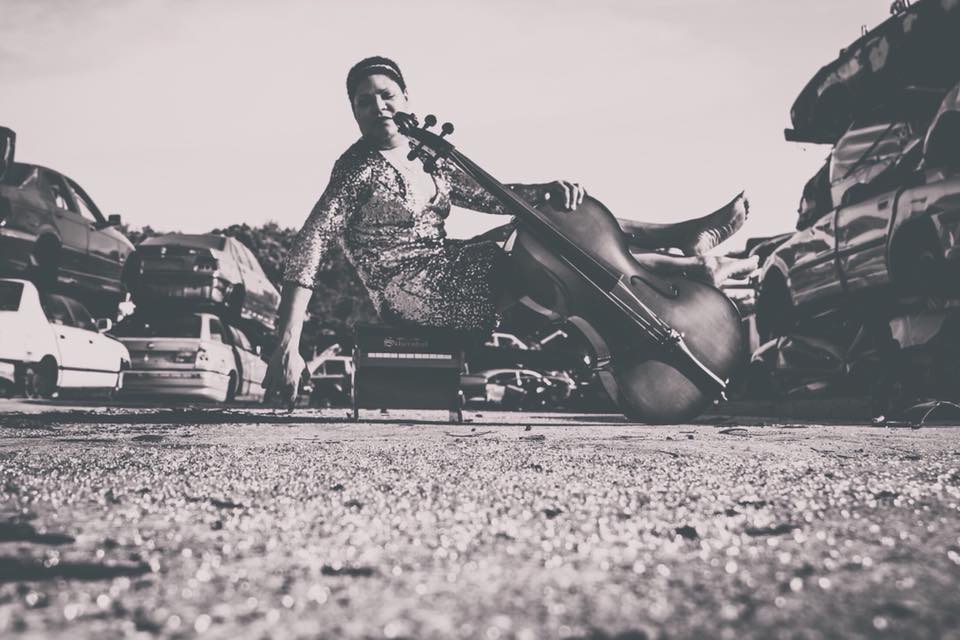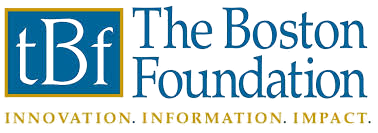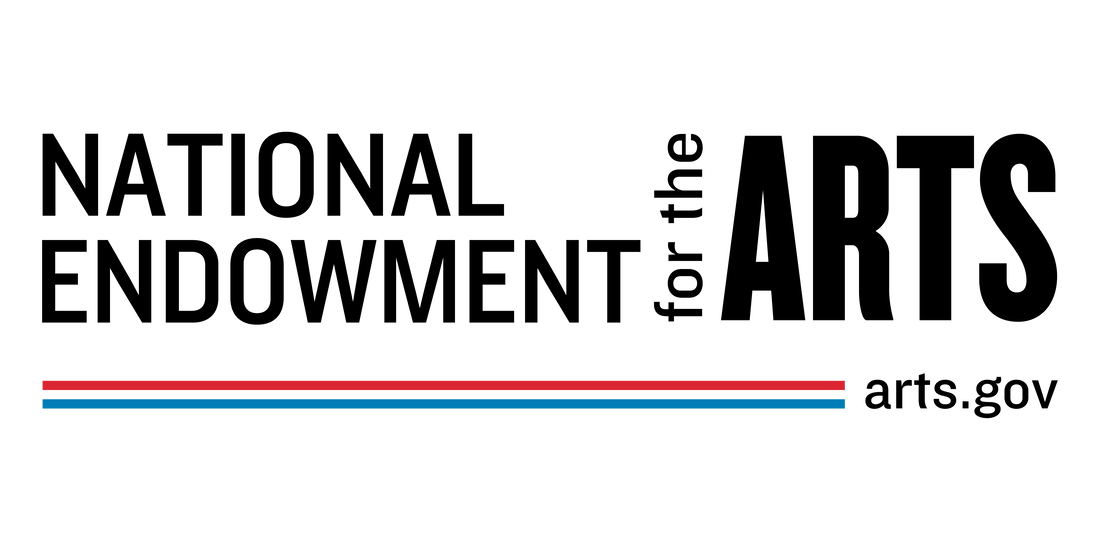|
BIBA's first artist spotlight interview is of the unparallelled Elizabeth A. Baker. In her words: Eschewing the collection of traditional titles that describe single elements of her body of work, Elizabeth refers to herself as a “New Renaissance Artist” that embraces a constant stream of change and rebirth in practice, which expands into a variety of media, chiefly an exploration of how the sonic world can be manipulated to personify a variety of philosophies and principles both tangible as well as intangible. BIBA: As a New Renaissance Artist, your practice includes multiple facets of expression. How did these facets develop, and do you see yourself on the brink or open to adding more to your practice in the future?
EB: The fundamental principal of being a new renaissance artist, is that one is constantly pushing themselves and being reborn. While I hold steadfast to some core fundamental values that I consider essential to being a decent human being, I am always open for evolution and revolution, within myself and my practice. I don’t know what the future holds, but as long as I am breathing, I’m excited to explore ever morphing topography of knowledge, love, and expression. There are innumerable possibilities in this universe and within the present finite restrictions of this “reality” alone from any single moment or location; thus, I think that it is entirely foolish to see hard boundaries when the tangents from any individual point in space or thought can expand in so many different directions. BIBA: Who are some past and/or present artists (of all practices) who inspire, teach, and push you? EB: I find it very interesting how often this question is posed to artists in interview and casual conversational settings. While it is true that art is informed by both the past and present artistic voices… the most profound art is fashioned by thinkers that are aware of all manner of subjects beyond those within the creative practice industry. I’ve always had issues answering the question of past and present artists’ influence on my career because I think that everyone and everything has something to teach us about the world and about ourselves. However, the most important artist that presses our evolution forward is often our past self, and the inherent need to avoid resting on our proverbial laurels or making the same mistakes again. I will say it now, I am a biography junkie. I absolutely love finding out the very human stories behind people of great success and failure. I have learned that paying attention to the mistakes of the others, ultimately informs one about what to watch out for on their success journey and provides one with the tools to side step the potholes and other barriers on their purpose path. As I stated before, I’m open to learning from all people, and things. A few of the important lessons I have learned from artists include: Nina Simone - Nina’s perpetual struggle with mental health definitely inspired me to constantly check for anomalies in my own mind, in addition to being supportive and encouraging of colleagues who may need intervention of licensed psychological professionals. - Due to her mental health issues and frequently having her career “handled” by others, Nina lost a lot of her power, unwittingly, early in life, and was ultimately, taken advantage of by those closest to her. The career lessons Nina teaches include not being too trusting of those who have an interest in your affairs, to verify that things are happening the way that people say they are occurring, and to throughly vet the contracts which one signs. Beethoven - The interesting thing about Beethoven is that he struggled considerably in his personal life. He was a man who espoused to want mankind to reach for the divine and held these impossible standards of station and decorum… which was evident in his adamant disapproval of his nephew’s choice for a wife. Simultaneously, preaching for purity and civility, Beethoven frequently speaks of “fortresses” in his tagebuch, which we come to find out through research are actually prostitutes. The man who is supposed to be a pillar of beautiful strength is, in a sense nothing more than a plaster cast of a column. - Western music history remembers these untouchable titans as if they were gods that touched and visited the Earth, prophets who can’t be questioned. Yet Beethoven especially, with his lack of emotional maturity and brutish sensibilities is the epitome of a man who cannot be removed from his art. Though he references needing to forgo his humanity and find solace in his art alone on many occasions… he ultimately fails and lives a very human (albeit tumultuous) existence, and it is this reaching for the divine mixed with the heady debauchery of the fleshy world that pulls one into Beethoven’s music. In the end, “The Master” is nothing more than a man addressing very relatable human emotions. Sam Cooke - The biography of Sam Cooke was a page turner, and I lost many nights of sleep trying to finish it. Sam Cooke just like Nina is a story of interconnected individuals within the small slice of the music industry that was reserved for “colored folk” (Aretha Franklin developed her musical sensibilities because her father’s church was on the “Gospel Road”) and their tragic stories have many parallels: including contracts that took away rights to early royalties, and lives that ended due to trusting the wrong people. Sam Cooke’s story is an education in the gospel quartets of the United States and the underground circuit of Negro venues. When one follows along, creating an accompanying Spotify playlist, there emerges a deep sense of personal pride in anyone of Black heritage… gospel quartets were primarily a cappella ensembles of four to five individuals, their parts were not written, knowledge of classical part-writing and 16th Century counterpoint rules were not common; yet, if you listen to the recordings of these groups there is a strong understanding of harmonic structure and improvisation that rivals some of the sublime motets of the Renaissance era. - The DIY nature of “Gospel Road” is an inspiration for all artists, because there are very few Beyoncés in the world, and we don’t all get to have private planes and five-star hotels and stadiums full of people cheering our names; but we are able to make the church ladies fall on the floor “filled with the spirit” and carried out by ushers… and the intimacy of the latter is perhaps a more profound experience than being one of 50,000 fans in a packed arena, where Jay-Z doesn’t even know that his music touched you to the point of fainting or speaking in tongues. Merce Cunningham, John Cage, Morton Feldman - All three brought up a lot of issues about the philosophy of how we practice art and encouraged questions that changed the dynamic between creators. I try to keep this energy alive in my own practice, questioning myself and others from a philosophical level and attempting to experiment with whether or not my thoughts are able to be executed within the paradigm of known artistic mediums. With regard to living artists, I am profoundly influenced by the energy and examples set by Pamela Z, as well as Jade Simmons. Beyond their tremendous talent, both women exude, grace, positivity, confidence, and humility that not only make them unstoppable artists, but well-rounded humans that clearly care about other humans and the world in which we live. They have both taught me the value of following one’s purpose path and living in your truth. Most of all, our actions pave the way for the next generation, so we must move through our path knowing that our actions/inactions/reactions all resound throughout the years. I am so blessed to have met them in real life and to feel a connection with both of them. BIBA: Your recent Ain't I A Woman Too article exposes an aspect of ignorance in the "Classical" music world that many outsiders (and insiders too!) do not actively see. What was the motivation behind this article and what are your hopes for this world moving forward? EB: A bumper sticker on my classical guitar case from college says, “Stop [complainin'] and start a revolution!” I think that we have to break down barriers, and in order to enact change we have to first think of and state the thought. This article wasn’t just for my white cisgender colleagues, it was also, for my black colleagues… Society fosters this US vs. THEM construct that is wholly unhealthy and counterproductive to forward momentum. We can’t talk about equity and inclusion and harmony when we are pitted against each other in the set concrete of defensive rhetoric. In writing this essay, there was a two-fold hope and motivation… The first was to make people stop and check their privilege; the second, was to inspire those who have been disenfranchised to speak up and make their voices heard in the important conversations. Some people think that change cannot come. I say there are miracles yet to be seen. I say we are not the architects of the universe, but we can enact positive changes on our environments… and positivity spreads like wildfire, if we fan the sparks. In order to start the revolution that will result in an exponential increase in equity, inclusion, and opportunity in our industry we need to engage disenfranchised voices in conversations, and those disenfranchised voices need to stop complaining amongst themselves and begin to address the problems with gatekeepers, ultimately becoming their own advocates. I do not see the world of Blacks and whites as perpetually separate entities, but at present they are fractured glass segments of society stabbing each other with their broken shards. We cannot change the past, and the history of systemic racism and subjugation of indigenous people across the globe must be recognized for the crime against humanity that it was, but we have to believe that change can happen to enact sociological change in our world. Furthermore, such changes will not occur quickly; the morphology of human sexuality and evolution of monotheistic religions did not occur in a single individuals lifetime. Beyond this, humanity’s acceptance of social norms and ideas follows a clear cycle of a small population of early adopters to abhorrent fear-based rejection to full acceptance and integration of the innovation or ideal in everyday life. A great example is the elevator… unmanned elevator technology has existed since the early 1900s, yet while some people were enthusiastic about the innovation, many were fearful until the elevator operator strike in the 1945 caused people trekking up steep NYC walk-ups just to realize that maybe driverless elevator cars weren’t such a bad idea. Today in 2018, we take driverless elevator cars without even a thought about the tens of thousands of people who lost their jobs when this modernization became a part of everyday life. The process to improve equity, inclusion, and opportunity for the disenfranchised in our world will be slow… and there will be setbacks, but the generations down the road are destined for a different socioeconomic reality than the one we have now, and that will also spread to their cultural consumption and output. BIBA: Your recent album Quadrivium (purchase here!) covers topics like psychoses, meditative spaces, Digital Stockholm Syndrome, being an outcast, and so much more. Purchasers of the album not only receive incredible music, but also interesting visual art, and thought-provoking poetry and prose. Can you discuss the creation of this album and plans for more in the future? EB: The creation of the album was a very organic process, and perhaps one of the least stressful recording experiences I have ever had; which allowed me to open up and delve deeper into where the album could go from sonic and philosophical perspectives. Head of Aerocade Music, the powerhouse Meerenai Shim, really pushed me when she said my first release on the label should be a double-disc length album, rather than two contrasting albums dropped in close succession. Meerenai was also the one who came up with the idea of releasing the album as a zine. She was familiar with my mixed media book Musings of a Young Composer, and felt that this sort of physical release would bring home the point that I am a new renaissance artist, working in a variety of different mediums of expression. The entire production team was made of talented colleagues that just happened to have been friends of mine for the better part of the last decade. They have watched me grow, and have an intimate understanding of my artistic voice and personal identity… I trusted them completely, and viewed all hands on this album as collaborators rather than subservient workers… the mutual respect that we all have for each other is what one experiences from this album. My next major project is a motivational book A Resonant Life, inspired by my personal experiences in the music industry, life lessons, anecdotal stories, and universal methods for navigating the road of success; the book has light-hearted and serious content that speaks to a wide-audience with advice for people no matter what field or season of life they might be in at present; the book will additionally work to de-stigmatise issues in mental health, physical health, and other things that musicians/performing artists and workers tend to mask out of fear of judgment from employers, colleagues, and loved ones. As always, I am continuing to tour, record, and collaborate with other artists. Primarily, I’m focusing on duos with Toronto-based saxophonist Robert Hess, as well as a renewal of a project with drummer Leo Suarez. Another huge passion of mine is promoting the work of composer-performer Nathan Corder (his work is the only one on the album, which I did not write), and to that end I am working with him to establish a substantial body of solo piano works with which I can easily tour the world. One of these new piano pieces will be premiered in NY later this year as part of MISE-EN_PLACE Bushwick Curator Series. I have a deep love of all the works that Nathan has composed for me thus far, so I am really looking forward to doing more in the realm of exploring his sonic perceptions of the piano, and advocating for his music. BIBA: Last but not least, I give you $10 million and say compose/create whatever you want. What would you create? EB: Oh goodness! Well, I would definitely invest a portion of that money to have more funds to impact myself and others. Ideally, I would turn my $10 million into at least $500 million, which would afford me greater flexibility to hire the right people to make my plans into reality. I would use some of my artist fee from one of my projects to pay for my parents to retire. I would for sure commission many new works from Nathan. I would also, use that money to travel to places around the world, with populations that haven’t had a great deal of access to new music, to do performances and outreach. I would create programs to promote and foster equity, inclusion, and opportunity for the disenfranchised in the music world… such programs would additionally embrace the people who are interested in engineering new instruments for music. I would seek out raw talent in remote places and give them the opportunities to grow under prominent teachers across the globe. I would also bring back the culture of fin-de-siécle Parisian salons by hosting regular intersections of great thinkers in a variety of fields. I would promote educational reform that sought to raise well-rounded individuals instead of following the outdated industrial age education systems that are still in place today. With regard to composition, I would create a number of large-scale experimental works for unusual solo instruments and orchestra. I would create and stage a full-scale production that was an hommage to Alexander Calder’s kinetic sculpture ballet. I would purchase an absurd amount of cones from Home Depot and do random pop-up dada-inspired performance art. I would also travel to meet interesting people and be inspired by scientists, religious leaders, philosophers, visual artists, and even strangers on the street. ---- To learn more about Elizabeth A. Baker, please visit her website at https://elizabethabaker.com, where you can read more of her philosophies, listen to her music and performances, purchase her albums, scores, and books, and learn how to follow her social media. Next Post: Sunday, September 9, 2018; topic: TJ Anderson at 90!
1 Comment
|
Details
Writings, musings, photos, links, and videos about Black Artistry of ALL varieties!
Feel free to drop a comment or suggestion for posts! Archives
May 2024
|
Member Login
Black concert series and educational programs in Boston and beyond


 RSS Feed
RSS Feed










